Moreover, Catholic Christendom was fighting, now, on two fronts against both Muslim and Protestant and might, at any time, be swept away altogether.
Particular determination, tenacity and courage were now needed more than ever from the defenders of Christendom.
Fortunately, courage was not lacking.
In September 1529, after defeating the Hungarians at the Battle of Mohacs, the Ottoman Turks and their allies laid siege to Vienna – the famous Siege of Vienna of 1529. After a tremendous struggle the Austrians, under the 70-year-old Count Nicholas von Salm, were finally victorious, although Salm himself was killed during the siege.
On 7 October 1571, the Ottoman Turks had seized the opportunity to launch a vast fleet to conquer as much of Christendom as they could conquer. Almost miraculously, they were defeated at the Battle of Lepanto by the combined Christian fleets under the command of Grand Admiral Don John of Austria, the illegitimate son of the Roman Emperor, Charles V.
To these were added the prayers of Christendom since the pope, St Pius V, had ordered a Christendom-wide Rosary prayer campaign for victory.
Moreover, a copy of the miraculous image of our Lady of Guadalupe sat in the cabin of Don John throughout the battle. The victory of Lepanto was commemorated by a new Feast, that of our Lady of Victory (or Victories) which was later made universal and later still re-named the Feast of our Lady of the Rosary.
In 1716, Clement XI inscribed the Feast of our Lady of the Holy Rosary on the universal calendar in gratitude for the victory gained by Prince Eugene of Savoy, commander of the Imperial forces of the Habsburg Roman Emperor, on 5 August at Peterwardein in Vojvodina, in Serbia.
Later, however, on 11 September 1683 – 9/11 no less – came the Battle of Vienna of 1683, when King Jan (John) III Sobieski of Poland-Lithuania, also accompanied by Christendom-wide praying of the Rosary, delivered Vienna and Christendom once again from the Muslim Ottoman Turks and protected the Holy Roman Empire of Emperor Leopold I from imminent destruction.
After the victory of Sobieski over the Turks, Venerable Pope Innocent XI, extended the Feast of the Holy Name of Mary to the whole Church to be celebrated on 12 September in memory of the deliverance of Christendom. The feast was extended to the universal Church and assigned to the Sunday after the Nativity of Mary by a Decree of 25 November 1683, or, if that was not possible, then it had to be kept on 12 September.
12 September had also been the day of the Battle of Muret 1213, when Count Simon de Montfort (father of the founder of the English parliament) and 700 knights had defeated the Albigensian army of some 50,000, whilst St Dominic and his friars were praying the Rosary in the church of Muret.
But 9/11 was the day that the battles began in each case.
The Battle of Vienna took place on 11 September and 12 September 12, 1683 after Vienna had been besieged by the Ottoman Empire for two months. The battle broke the advance of the Ottoman Empire into Europe, and marked the political hegemony of the Habsburg dynasty and the beginning of the end of the Ottoman Muslim Empire.The battle was won by Polish-Austrian-German forces led by King Jan against the Ottoman Empire army commanded by Grand Vizier Merzifonlu Kara Mustafa Pasha.
 King Jan III Sobieski of Poland -Lithuania
King Jan III Sobieski of Poland -Lithuania
The siege itself began on 14 July 1683 with an the Ottoman Empire army of approximately 138,000 men. The decisive battle took place on 12 September, after the united relief army of 70,000 men had arrived, pitted against the Ottoman army.
The battle marked the turning point in the 300-year struggle between Roman Christendom and the Ottoman Empire.
The capture of the city of Vienna had long been a strategic aspiration of the Ottoman Empire.
The Ottoman Empire had even been providing military assistance to dissident Hungarians and to anti-Catholic minorities in Habsburg-occupied portions of Hungary. There, in the years preceding the siege, widespread unrest had become open rebellion upon Leopold I's pursuit of Catholic Counter-Reformation principles.

King Jan Sobieski salutes the Roman Emperor Leopold I
In 1681, Protestants and other anti-Habsburg forces, led by Imre Thököly, were reinforced with a significant force from the Ottoman Muslims, who recognized Imre as King of "Upper Hungary". This support went so far as explicitly promising the "Kingdom of Vienna" to the disloyal and treacherous Hungarians if it fell into Ottoman hands.
In 1681 and 1682, clashes between the forces of Imre Thököly and the Habsburgs' military frontier forces intensified, which was used as a casus belli by Grand Vizier Kara Mustafa Pasha in convincing the Sultan Mehmet IV and his Divan, to allow the movement of the Ottoman Army. Mehmet IV authorized Kara Mustafa Pasha to operate as far as Győr and Komarom castles, both in northwestern Hungary, and to besiege them. The Ottoman Army was mobilized on 21 January 1682, and war was declared on 6 August 1682.
The wording of this declaration left no room for doubt what would be in store after a Turkish success. Mehmet IV wrote to Leopold I thus, verbatim:
"We order You to await Us in Your residence city of Vienna so that We can decapitate you... (...) We will exterminate You and all Your followers... (...) Children and adults will be equally exposed to the most atrocious tortures before being finished off in the most ignominious way imaginable..."
During the winter, the Habsburgs and Poland concluded a treaty in which Leopold would support Sobieski if the Turks attacked Kraków; in return, the Polish Army would come to the relief of Vienna, if attacked.
The King of Poland prepared a relief expedition to Vienna during the summer of 1683, honouring his obligations to the treaty. He went so far as to leave his own nation virtually undefended when departing from Kraków on 15 August, the Feast of the Assumption of our Lady. Sobieski covered this with a stern warning to Imre Thököly, the rebellious Hungarian Protestant leader, whom he threatened with severity if he tried to take advantage of the situation — which, nevertheless, the treacherous Thököly did.
The main Turkish army finally invested Vienna on 14 July. Count Ernst Rüdiger von Starhemberg, leader of the remaining 11,000 troops and 5,000 citizens and volunteers, refused to capitulate.
The Turks dug tunnels under the massive city walls to blow them up with explosives, using sapping mines.
The Ottoman siege cut virtually every means of food supply into Vienna, and the garrison and civilian volunteers suffered extreme casualties. Fatigue became such a problem that Count von Starhemberg ordered any soldier found asleep on watch to be shot. Increasingly desperate, the forces holding Vienna were on their last legs when in August, Imperial forces under Charles, Duke of Lorraine, beat Imre Thököly of Hungary at Bisamberg, 5km northeast of Vienna.
On 6 September, the Poles crossed the Danube 30km north west of Vienna at Tulln, to unite with the Imperial forces and additional troops from Saxony, Bavaria, Baden, Franconia and Swabia who had answered the call for a Holy League that was supported by Pope Innocent XI.
The devious King Louis XIV of France declined to help and instead used the opportunity to attack cities in Alsace and other parts of southern Germany. Anyone who thinks Louis XIV a good Catholic king really needs to think again.
During early September, the experienced 5,000 Turkish sappers repeatedly blew up large portions of the walls, the Burg bastion, the Löbel bastion and the Burg ravelin in between, creating gaps of about 12m in width. The Austrians tried to counter by digging their own tunnels, to intercept the depositing of large amounts of gunpowder in subterranean caverns. The Turks finally managed to occupy the Burg ravelin and the Nieder wall in that area on 8 September. Anticipating a breach in the city walls, the remaining Austrians prepared to fight in Vienna itself.
The relief army had to act quickly to save the city from the Turks and to prevent another long siege in case they would take it. Despite the international composition of the Army and the short time of only six days in which to organise, an effective leadership structure was established. This was largely the work of the extraordinary and holy Austrian Chaplain-General, Blessed Marco d'Aviano, Emperor Leopold's privy counsellor.
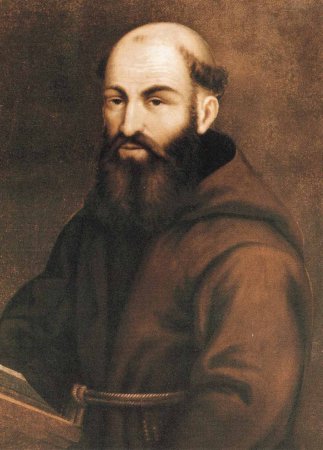 Blessed Marco d'Aviano, OFMCap, Imperial Chaplain-General
Blessed Marco d'Aviano, OFMCap, Imperial Chaplain-General
The Holy League forces arrived on the Kahlenberg (bare hill) above Vienna, signalling their arrival with bonfires. In the early morning hours of 12 September, before the battle, King Jan served a Solemn High Mass.
While the Turks hastily finished their mining work and sealed the tunnel to make the explosion more effective, the Austrian "moles" detected the cavern in the afternoon and one brave man entered and defused the mines just in time.
At the same time, the Polish infantry had launched a massive assault upon the Turkish right flank.
After 12 hours of fighting, Sobieski's Polish force held the high ground on the right. At about 5pm, after watching the ongoing infantry battle from the hills for the whole day, four cavalry groups, one of them Austrian-German, and the other three Polish, totalling 20,000 men, charged down the hills. The attack was led by the Polish king himself in front of a spearhead of 3000 heavily wing-armoured Polish lancer-hussars. This charge thoroughly broke the lines of the Ottoman troops. Seizing the initiative, Starhemberg led the Vienna garrison in sallying out of its defences to join the assault.
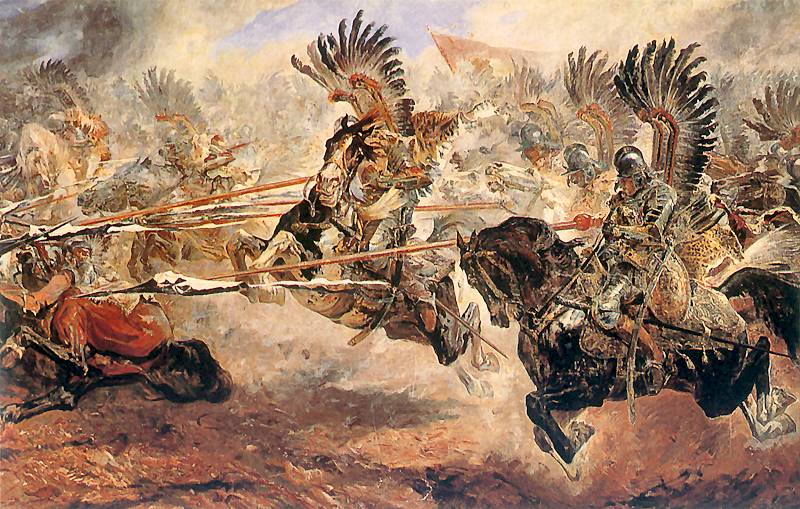 The massive charge of the Polish winged lancer-hussars which terrified the Ottoman troops and decided the Battle of Vienna. The wings made a terrifying sound as the Polish hussars came charging down the mountainside.
The massive charge of the Polish winged lancer-hussars which terrified the Ottoman troops and decided the Battle of Vienna. The wings made a terrifying sound as the Polish hussars came charging down the mountainside.
In less than three hours after the cavalry attack, the Christian Imperial forces had won the battle, saved Vienna from capture and rescued Christendom from the Turks.
One may recall the decisive charge of the Rohirrim from Tolkien's Lord of the Rings, to get a flavour of what it must have been like, King Jan Sobieski leading his Polish hussars just as King Theoden led his Riders of Rohan.
After the battle, Sobieski paraphrased Julius Caesar's famous quote by saying "veni, vidi, Deus vicit" - "I came, I saw, God conquered".
 King Jan Sobieski receives the standards of the fallen Turks
King Jan Sobieski receives the standards of the fallen Turks
King Jan vividly described events in a letter to his wife a few days after the battle:
“Ours are treasures unheard of ... tents, sheep, cattle and no small number of camels ... it is victory as nobody ever knew of, the enemy now completely ruined, everything lost for them. They must run for their sheer lives ... Commander Starhemberg hugged and kissed me and called me his saviour.”
The victory at Vienna set the stage for Prince Eugene of Savoy's reconquest of Hungary and the Balkans within the following years.
Long before that, the Turkish Sultan had disposed of his defeated commander. On 25 December 1683, Kara Mustafa Pasha was executed in Belgrade.
However, it was the end for the Ottoman Empire. The Ottomans fought on for another 16 years but lost control of Hungary and Transylvania and capitulated finally by the Treaty of Karlowitz.
Christendom was once again safe.
Because Sobieski had entrusted his kingdom to the protection of the our Lady of Czestochowa before the battle, Blessed Pope Innocent XI commemorated his victory by extending the feast of the Holy Name of Mary to the universal Church.
The Battle of Vienna was marked by culinary inventions:
1. The croissant was invented in Vienna to celebrate the defeat as a reference to the crescents on the Turkish flags.
2. The bagel was made as a gift to King Jan Sobieski to commemorate the victory, being fashioned in the form of a stirrup, to commemorate the victorious charge by the Polish cavalry.
3. After the battle, the Austrians discovered many bags of coffee in the abandoned Turkish encampment. Using this captured stock, Franciszek Jerzy Kulczycki opened the third coffee house in Europe and the first in Vienna, where, Kulczycki and Marco d'Aviano adding milk and honey to sweeten the bitter coffee, thereby invented the cappuccino, so named after Blessed Marco because of the Capuchin’s brown hood.
Blessed Marco d'Aviano, pray for us!
Holy Name of Mary, protect us!
...
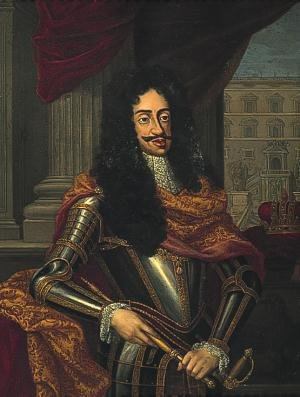
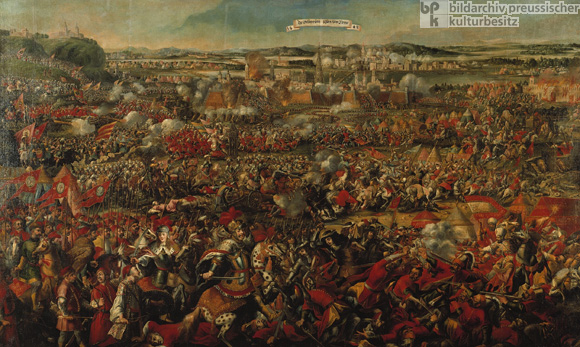









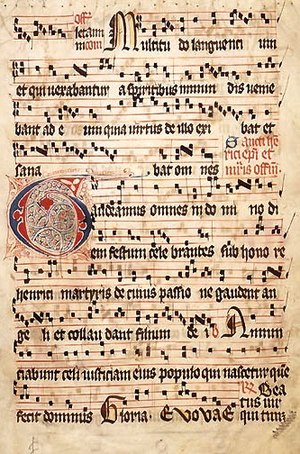

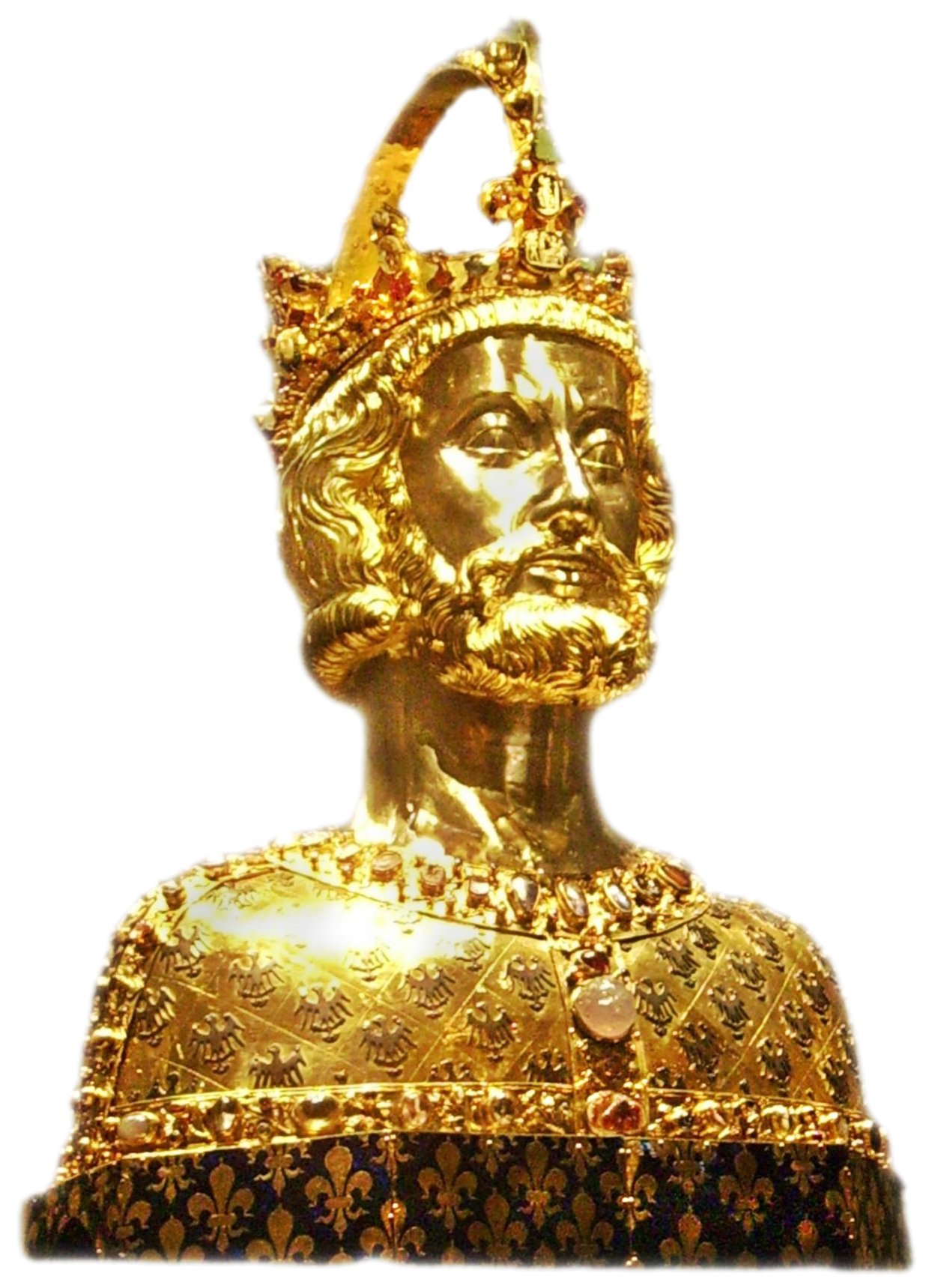



.jpg)


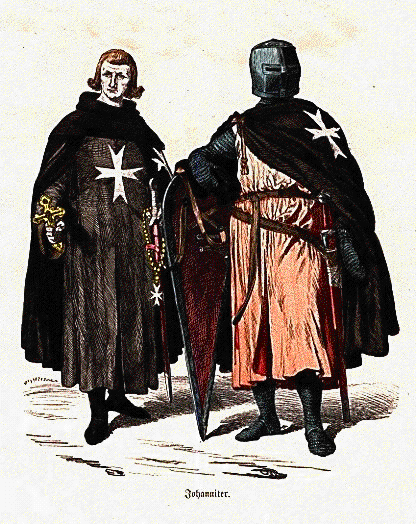

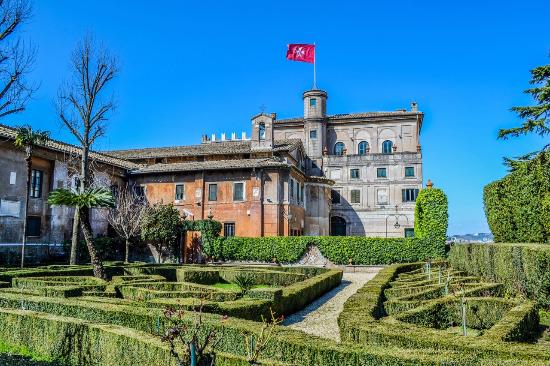


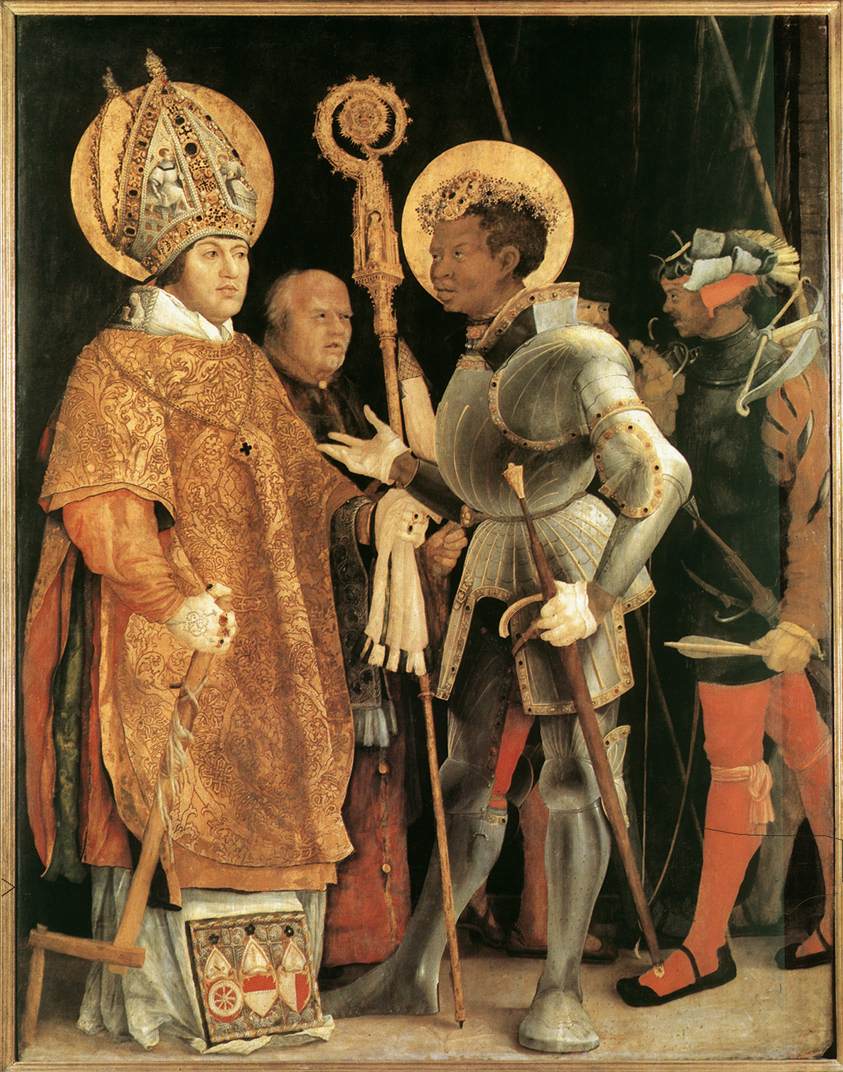
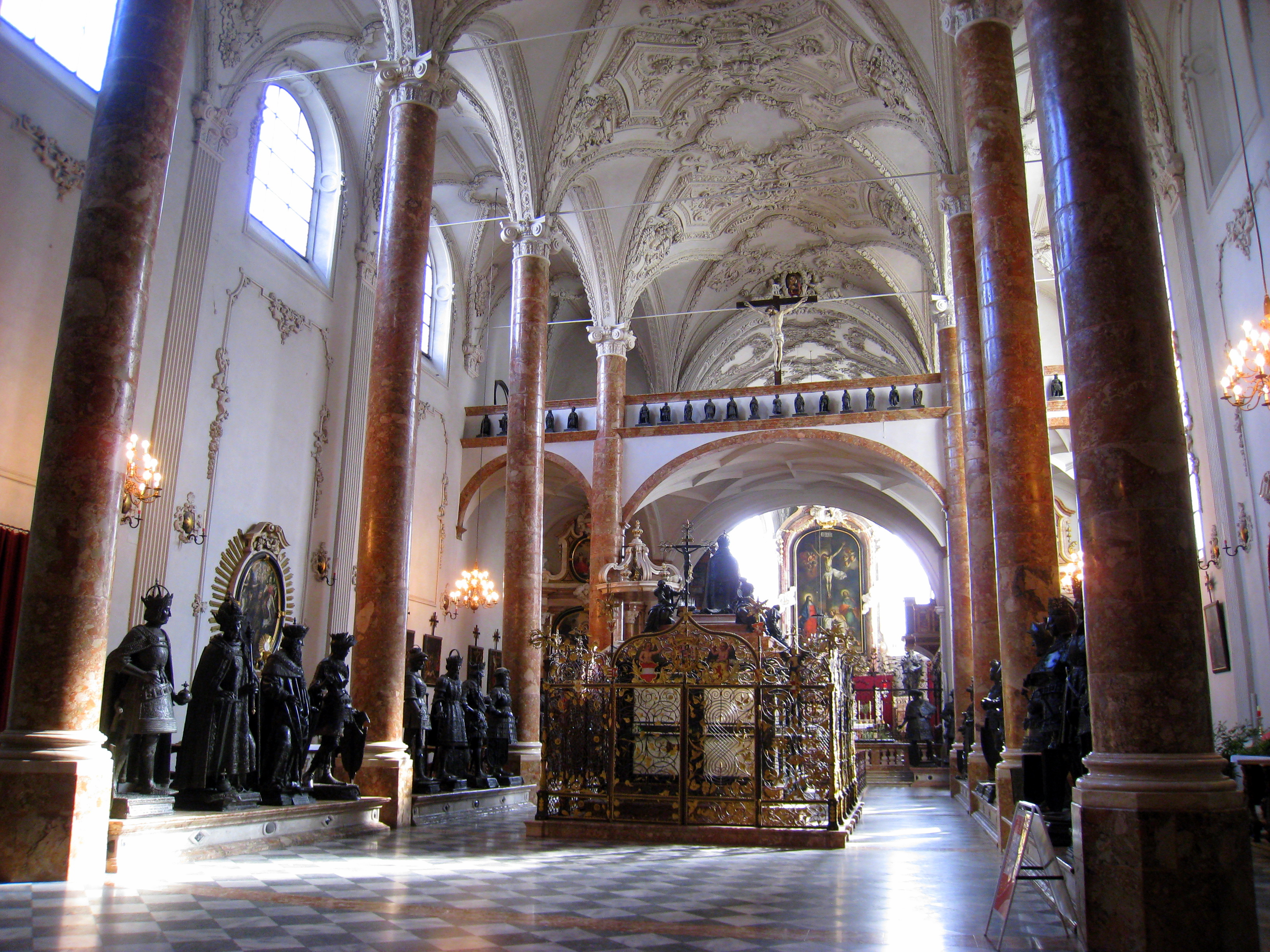


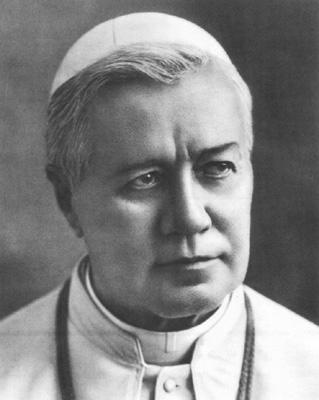






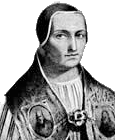






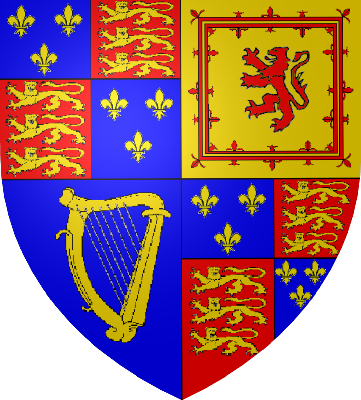
_-002.jpg/220px-Circle_of_Anton_Raphael_Mengs,_Henry_Benedict_Maria_Clement_Stuart,_Cardinal_York_(ca_1750)_-002.jpg)



16 comments:
Whoa, wait a second: do you mean the image of Guadalupe went to the Battle of Lepanto? St. Juan Diego's tilma itself? I can't remember ever hearing or reading that it ever left Mexico.
And incidentally, that Mehmet IV sure has some powers of persuasion. I'd sure want to surrender after having such a missive addressed to me!
Very, very informative and interesting. Thank you.
The Battle of Zenta, a major defeat of the Ottomans, was also on September 11. There was also an order for Moriscos to evacuate Valencia on the same day in the 17th century.
Excellent analysis giving historical context of the war on the West. May I re-publish this at my website? See http://www.speroforum.com
email: mbarillasATsperoforum.com
Thanks,
Martin Barillas
Editor
Neatly and readably summarized!
When I halflearnt the poem of Don juan of austria I enjoyed the rolling thundery rythm.. only much later to appreciate how relevant this remains.
I am sorry to have lost the reference to a scholarly work on how awkward it was to organize the fleet he commanded, how parochial and "bolshy" even the different hapsburg domains could be .
Equally how Philip II is underappreciated: initiating global strategy as a way of thinking and contingency plans etc on a very modern sort of thinktank basis: the possibilty of European Christendom going under
was coldly contemplated, plans were laid for evacuating (a tiny minority of key personnel) to America... not to save their skins, but to carry on...
Dear Anita,
No - "an" image of OL of Guadalupe. Not the tilma itselfBest,
T.
Sorry, Rob, but I do not consider Wikipedia to be the last word on any subject, let alone this one.
There has long been a contest between Polish Jews and Polish Catholics as to who first invented the Bagel and a Wikipedia article written by one side or the other is hardly going to resolve the issue.
That the Bagel was popularised after the Battle of Vienna is denied by no-one (except a few fanatics and bigots) and the true history of its origin will always be contested.
The fact that the croissant existed long before the 19th century confection of that name gives the lie to your assertion that it could not have been invented in Vienna after the battle.
A clue is in the name the French use for it: Viennoise.
So, no, I'm not making any "correction".
T.
Martin,
Yep - go ahead and re-publish with my good wishes.
T
Anita's comment made me wonder: surely it was A copy of our lady of Guadalupe, Spain, Europe? (where we were on pilgrimage some 16yrs ago)
Spanish wiki (no, wiki is FAR from gospel, but a good place to start, and spanish wiki on religion is only just beginning to suffer the polically correct history changers, especially those of peaceful persuasion : check out eg covadonga(marian shrine,too) in spanish before it's even more sanitized)
http://es.wikipedia.org/wiki/Virgen_de_Guadalupe_(Espa%C3%B1a)
tthere's a nice pickie of the(european) statue of our lady, and a reference to Lepanto and the copy carried into that battle being now at a parish church of the same name in genoa/genova, italy.
Equally, san estefano de aveto, Italy, not far from genova by car. has claims to a telma copy equally on the flagship?
Time is too short for more than a statement of not necessarily conflicting claims.
The two avocations of Our Lady , are of course Our Lady, and noone else!
The historical connections of the NAME of the place given in Mexico and the Spanish shrine are debatable in detail but undeniable in connection.
This is one of the many things I'd like to sort out before I die, and maybe won't.
European marian Pilgrims take note: paractically noone pilgrims to guadalupe, spain, anymore, so well worth a day pilgrimage, spring or autumn or winter unless you're feeling ditinctly penitential and/or are heatproof.
Ave Regina Coeli!
Anyone else want to publish this, please do but please acknowledge this blog as your source. Thanks, Trib.
Mike,
My understadning is that it was the Mexican Guadalupe but you may have better info.
What have you got?
Trib.
Dear Trib:
Sadly, I can back little up: what there is in your combox is what I have. What we were told. Which of course Guidebooks and such, on pilgrimage to Guadalupe, Spain, we have lost over many moves, one under attack with belated police protection (long story): m'father has a most extensive library all boxed up since my mother's death, with much lost to temporary storage where the roof dripped. I'd like to travel to the two Italian parishes to check out their images, and documentation, if extant. One day, maybe.
I cannot believe other than that, at the time, Spaniards would have made no particular distinctions: our lady appeared in Mexico calling herself "of Guadalupe" which sounds IN SPANISH would have possibly been on the mental horizon but little more to the mexican saint , rather like "Immaculate conception" for St Bernadette! For good reason we moderns are perhaps more "telma"-conscious! Telma repro or spanish statue repro on the Flagship,or both, Prayers for Our lady's intercession will have been first and foremost to her, coloured if that is the right word Firstly by her so recent appearance, secondly by this very IDENTIFICATION.
I add a comment I left with Fr Z.
http://wdtprs.com/blog/2010/10/our-lady-of-the-rosary-of-victory-help-from-readers/
mike cliffson says:
5 October 2010 at 4:22 pm
I believe “Tribunus” is a more rigorous historian than I , and admire this summary of events Lepanto thru Viena + Our Lady of Guadalupe -> Our Lady of Victory -> Our Lady of the Rosary:
http://romanchristendom.blogspot.com/2010/09/holy-name-of-mary-battle-of-vienna-and.html
I don’t know if the flagship at Lepanto carried a copy of the Telma from mexico, Or of the statue of Our Lady of Guadalupe, Spain,(itself one of the many statues of our Lady hidden after sevn hundred and something to avoid moorish desecration, and later rediscovered perfectly possibly miraculously, and certainly the shrine was validated by miracles) or both, which would not be at all unusual.(Where I sit is within 10 ft.of an icon of Our Lady, Our lady of Lourdes, Ourlady of Cisne, and Our Lady of Walsingham, one standard cruxifix, and we’ve given Christ reigning in glory from the cross to my daughter – why should a Spanish flagship be less?)Certainly, that “she who crushes the serpant” sounded like “Guadalupe” to Spanish ears amazed Spaniards, just in time for Lepanto.
Dear Trib:
May I add from a recent email of my own:
"..../.... true, Divine Providence saw to it that the connexion/dedication of the whole of America to ourLady started with the very day of fColumbus fiirst landfall BEING the feastday of our Lady of PIlar, which for Columbus himself will have been A feastday of our lady, for many/most of his crew, of a more particular significance &/or devotion. Being good Catholics, however sinful, on the whole, this was noted at the time; albeit for Americans(geographic as opposed to USA only) , Divine intervention , God's particular loving care for them, is much more patent in the apparition of Our lady of Guadalupe in what is now Mexico ,and attendant miracles, particularly in that she appeared to a native and native-speaking Mexican, AND she gave her avocation as Guadalupe,( not coincidentally , in his language "Guadalupe" sounds like "snakecrusheress" - people object to this rendering on the grounds that the image on the Telma isn't crushing a snake, how footling, she said it, whereas even a crushed snake's image in a snake-worshipping culturem ight have been pastorallyOTT and unwise,anyhow for whatever reason Our lady and the good Lord didn't see fit - and these days that the telma image is our lady pregnant has aquired an extra significance for us, of course ) which geographically Iberian-originally avocation,the word "Guadalupe," the Saqint she appeared to attested to in his lifetime, I believe the original document notarizing his account with his signature is extant, Guadalupe I expect you know being Another Marian shrine in Spain from way back when also , which also has connections with Columbus, he pilgrimaged there to offer up the ship's logs or something like that.../..
For then Spaniards, exuberantly and vociferously Marian since Romantimes anyway, first Pilar and thne guadalupe,wow!Guadalupemexico was part two of a double -whammy, and , whereas parhaps an equally devout and marian Englishmman might have muttered cor and quietly meditated benedictine fashion, Spaniards got all fired up ( just intime for lepanto, BTW) and that fired upness 's embers over OurLady-America are today in Spain attached more to Our lady of Pilar. It's the day for amssive army parade reviewd by the King with the flags of evry American nation, the Pilar basilica in Zaragoza has a several-day beanfeast, and similar highjinks all round
In the American Continents the 12th is celebrated , mainly civicly mainly as "Dia de la raza"(ie "race" as culturally (latin)american, genetically mixed race and mixed races!) , from tierra del fuego to the Rio grande- ourUS cousins have seen fit to celebrate "columbus day" on a different date (thhey apparently didn't like their Italians(!) celebrating the 12th as a religious-looking feast: what's God got to do with it, particularly since God CAN'T be catholic, but just incase he is, pass a law and paper over the cracks incase anyone notices) : rather like whitsun/mon recently in the Uk , if the devil sees fit to inspire DISconnecting something from daily life, hwever distant from the basis of fath and morals it may seem, thtat's surely reason enough to MAINTAIN the connection as partofliving in this world at this moment as a catholic, so long as one doesn't get sidetracked."
Here is a secular confirmation that Giovanni Andrea Doria had a COPY of the image of Our Lady Guadalupe in the chapel of his galion during the battel of Lepanto. This copy is now in Santo Stefano d'Aveto, Liguria, Italy.
http://www.turismoinliguria.it/turismo/fr/VacanzeAtema/borghiStoria.do?contentId=8676
L’église paroissiale de Santo
Stefano d'Aveto abrite un tableau historique de la Vierge de Guadalupe, datant du XVIe siècle et provenant du Mexique, qui était exposé dans la chapelle du galion de Giovanni Andrea Doria durant la bataille de Lepanto.
War is a fascinating subject. Despite the dubious morality of using violence to achieve personal or political aims. It remains that conflict has been used to do just that throughout recorded history.
Your article is very well done, a good read.
Gerald,
The principles of just war are well established and taught by the Catholic Church's premier theologians, like St Augustine and St Thomas Aquinas.
There is nothing "dubious" about them.
Saving Europe from militant Islam required war at the time, all other avenues having been tried and failed.
That was both a political and a personal aim but was a just one.
Your judgement is too sweeping.
On the other hand, given the devastating power and vast expense of modern weapons, recourse to war in our age is far less likely to fulfil the requirements of a just war, particularly the requirement of proportionality.
"Total" war, which may be what you are thinking of, is ALWAYS immoral.
That is why the Nazi prosecution of totalenkrieg was grossly and horribly immoral, just as the carpet-bombing and atomic bombing of cities by the Allies was also grossly immoral.
Post a Comment